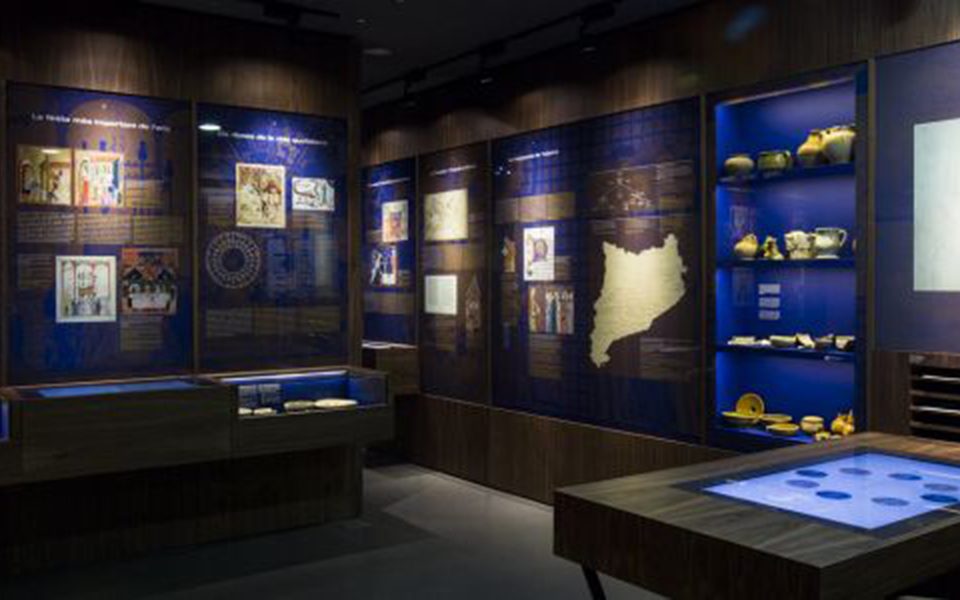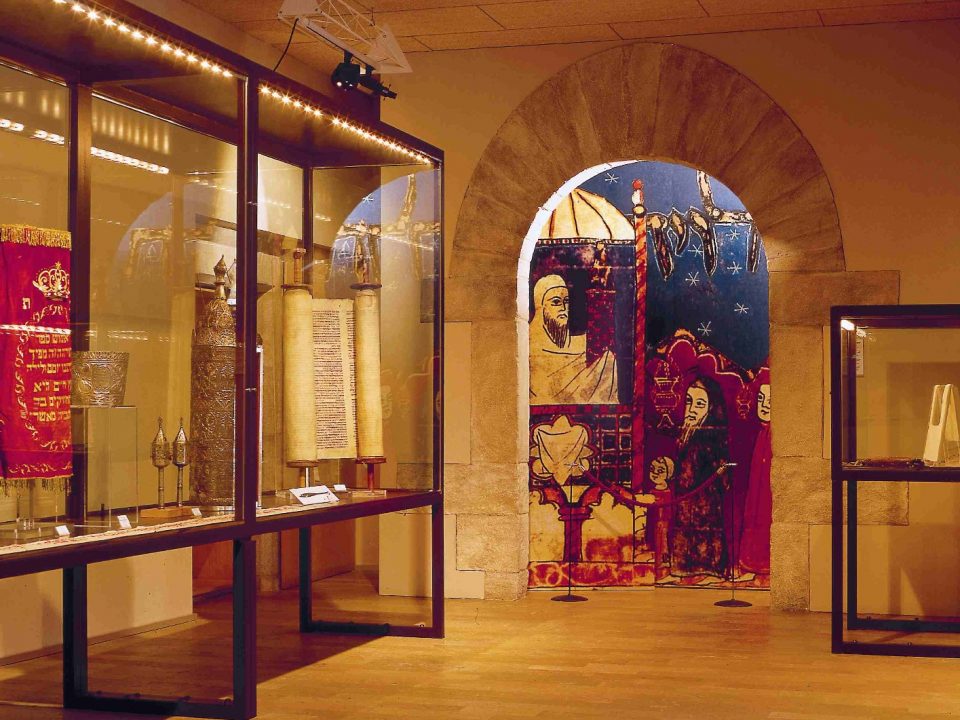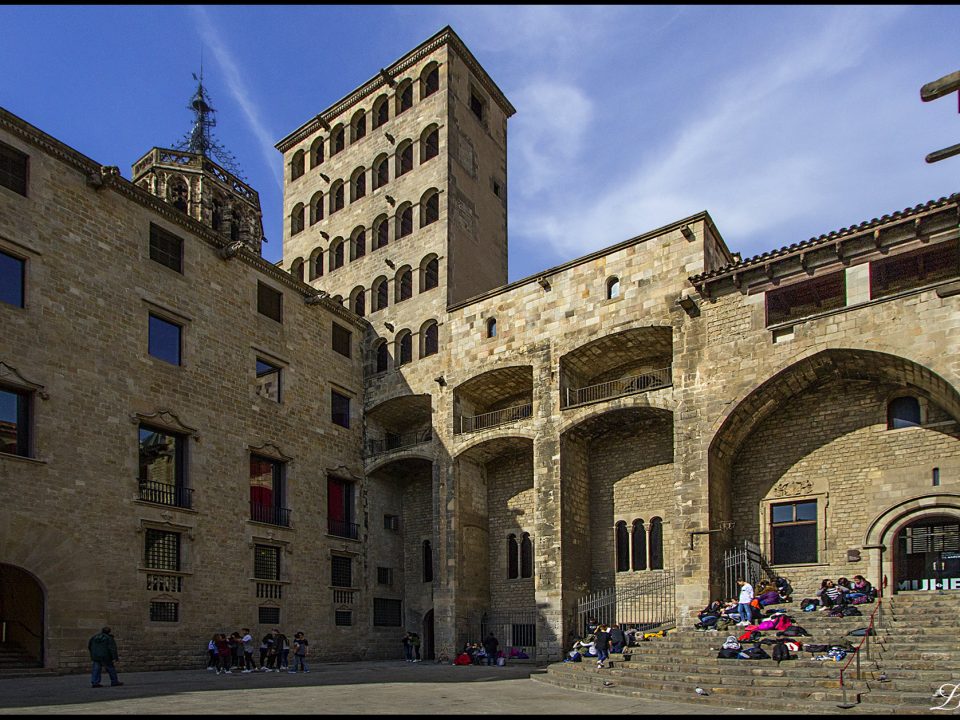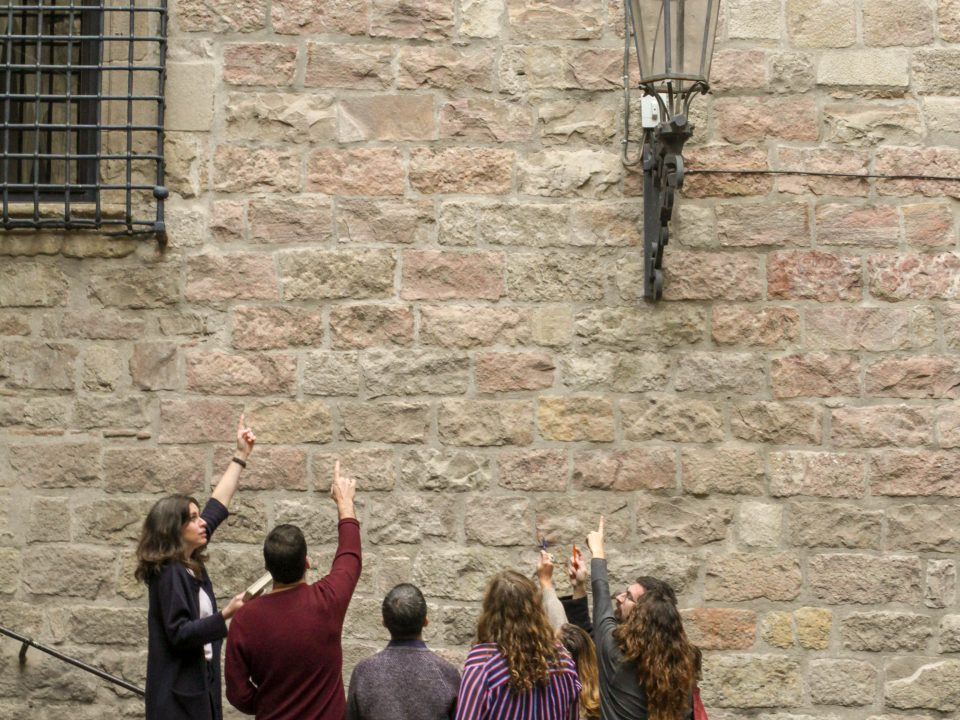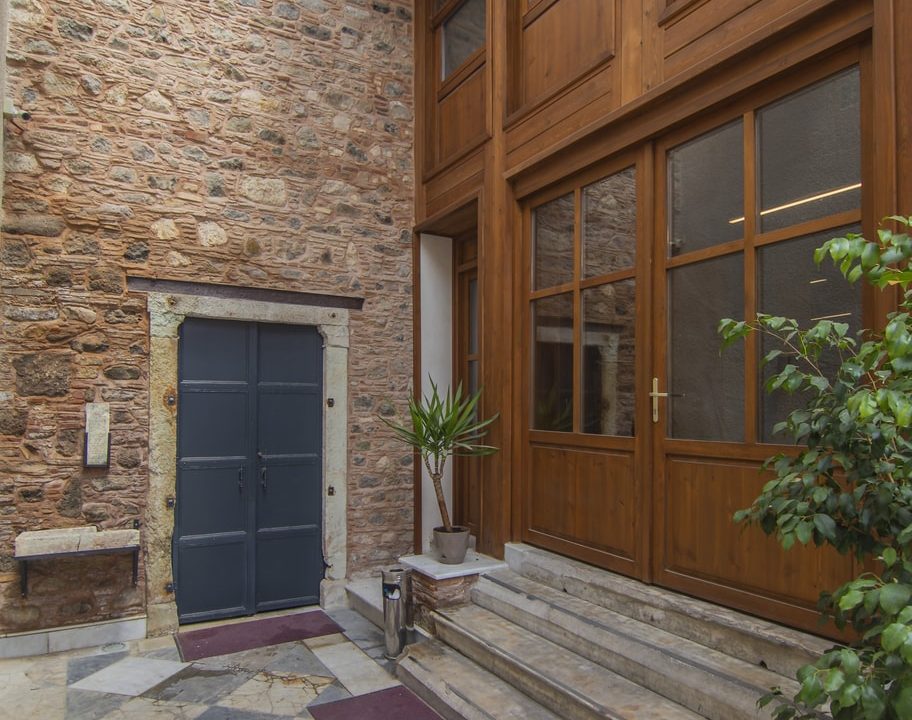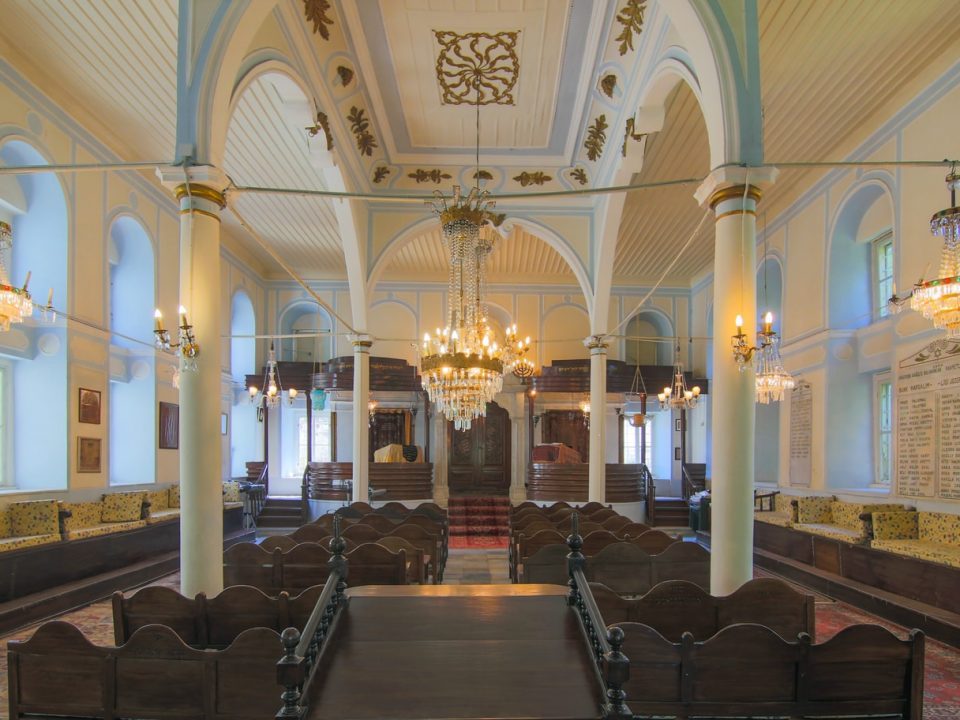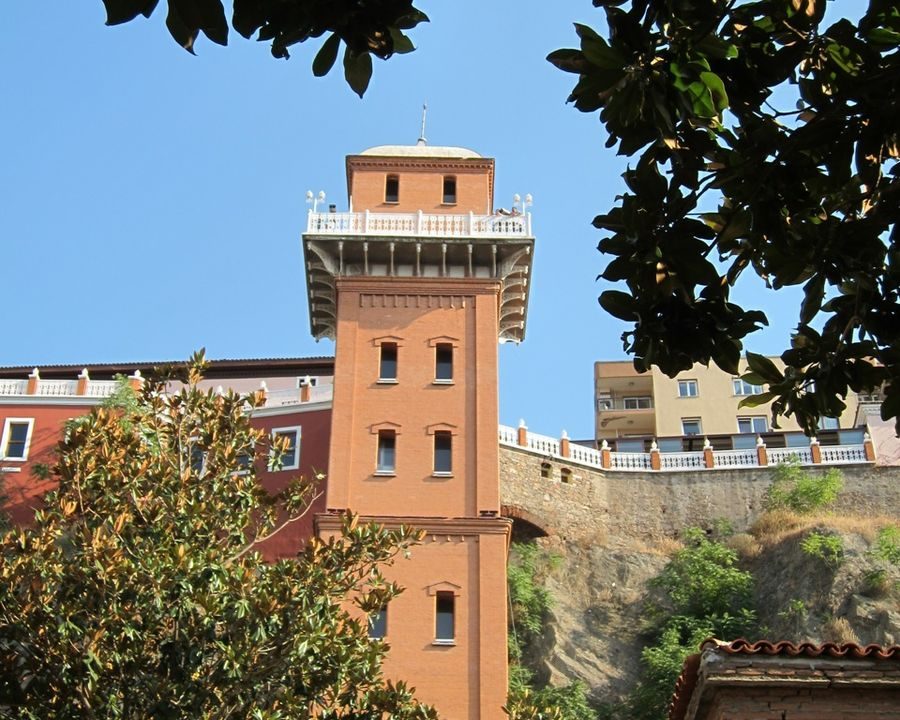The main thoroughfare of the medieval city and the call (medieval Jewish quarter), also corresponds to the Roman cardus and via Augusta and it takes its name from the fortress which Girona represents. In 1373 it already was the centre of the call, known as Carrer Major del Call On its Western side the call opened out into narrow, steep streets like that of Lluis Batlle street, ancient Synagogue street, Hernández street or Cúndaro street, or the upper stretch of Força street which received the street name Carrer Major del Call Judaic or Mercadell since a medieval market was located at the end of it. At the end of the 14th century this street was declared by the Christian authorities to be a forbidden space to Jews and was renamed Sant Llorenç street.
The Museum presents the history of the Jewish community of Girona in the middle ages. Eleven galleries form an itinerary to lead visitors through topics such the arrival of the Jewish People in Catalonia, the physical evolution of the call (medieval Jewish quarter), rituals and traditions, the synagogue, the Jewish cemetery, Nahmanides, the cultural and scientific activity of the Catalan Jews, the difficult relations among the Jewish and Christian communities towards Inquisition and the material heritage. The Museum counts on temporary exhibition rooms at the ground floor. The second floor opens to the patio of the Star of David, where the archaeological remains of the 15th century mikwe (ritual bath) are located. The third floor houses the Nahmanides Institute for Jewish Studies and Judaica Library.
The Museum of Aran has a small exhibition space where the role of the Val d’Aran in the escape of hundreds of Jewish refugees from wartime France to the Iberian Peninsula is explained.
The Portuguese Synagogue is the only synagogue in Izmir which identifies the origin of its founders. It is one of the six synagogues known to have existed in the period of Chief Rabbi Joseph Escapa, i.e., as of 1620s, and is referred to be the largest synagogue in Izmir in that period.
Portuguese Synagogue, considered to be the fortress of the anti-Sabbataists, closed its gates to Sabbatai Zvi when his movement expanded. On the other hand, Sabbatai and his supporters entered the synagogue by breaking the gates and chased away the rabbis who were the leaders of their opponents. Salomon Algazi, one of the founders of Algazi Synagogue, was among them.
When Sabbatai Zvi declared himself as the Messiah of the Jews and 18th June 1666 as the deliverance day in that raid, Portuguese Synagogue became the headquarters of the Sabbataist movement and a large group of the Jews of Izmir joined the movement.During World War II (1939-1944) thousands of people crossed the Pyrenees into Spain to escape the Nazi horrors or to join the Allied army in North Africa or England. The mountain passes became the silent witness of their odyssey for freedom. It is estimated that between 60 and 80 thousand refugees arrived in Spain during this period, defying the high peaks, the adverse weather conditions and the surveillance on both sides of the border. One of the routes that linked the French departments of Ariège and Haute-Garonne with Pallars Sobirà passed through the town of Sort and is known as “The Freedom Route”. This museum aims to disseminate what the evasions entailed and pay tribute to all those who took part in them.
According to the most popular story, this synagogues was built with the donations of a lady named Donna Gracia Nassi. Known with the nicknames Gveret or La Sinyora, among the European Jews, she was the aunt of Yosef Nassi, who rose to important positions in the Ottoman Empire.
However, the Turkish Jewish historian Avram Galante admits that this synagogue is likely to have been built by a Dutch Jewish lady named Osbio or Aseo, also the founder of the Lazaretto .
Burnt repeatedly in the 16th and 17th centuries, the building was completely destroyed in the fire of 1841 and was rebuilt with the contributions of Moiz Bengiat Yerusalmi.
It can clearly be seen from the ground layout of the synagogue that it was transformed from central plan to dual Tevah application.The Elevator was built by Nesim Levi, a Jewish businessman, in 1907 to over come the topographic barrier between the districts of Mithatpasa Street (at sea level) and Halil Rifat Pasa Street (at hill top).
This public street elevator tower, with originally water driven two lift cabins, was an innovative way of transportation facilitating pedestrian traffic, as well as contributing to the progress of the city.
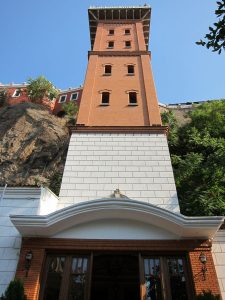 With its upper promenade, the historical Elevator is the best structure to get an unparalleled view of the Gulf of Izmir. Also, a charming old street exists at the foot of the Elevator, named after Dario Moreno, an international singer and a native of Izmir.
With its upper promenade, the historical Elevator is the best structure to get an unparalleled view of the Gulf of Izmir. Also, a charming old street exists at the foot of the Elevator, named after Dario Moreno, an international singer and a native of Izmir.At the beginning of the 20th century, before the construction of the Elevator, to move up and down in the area one had to choose between a long way to walk and 155 stairs to climb.

